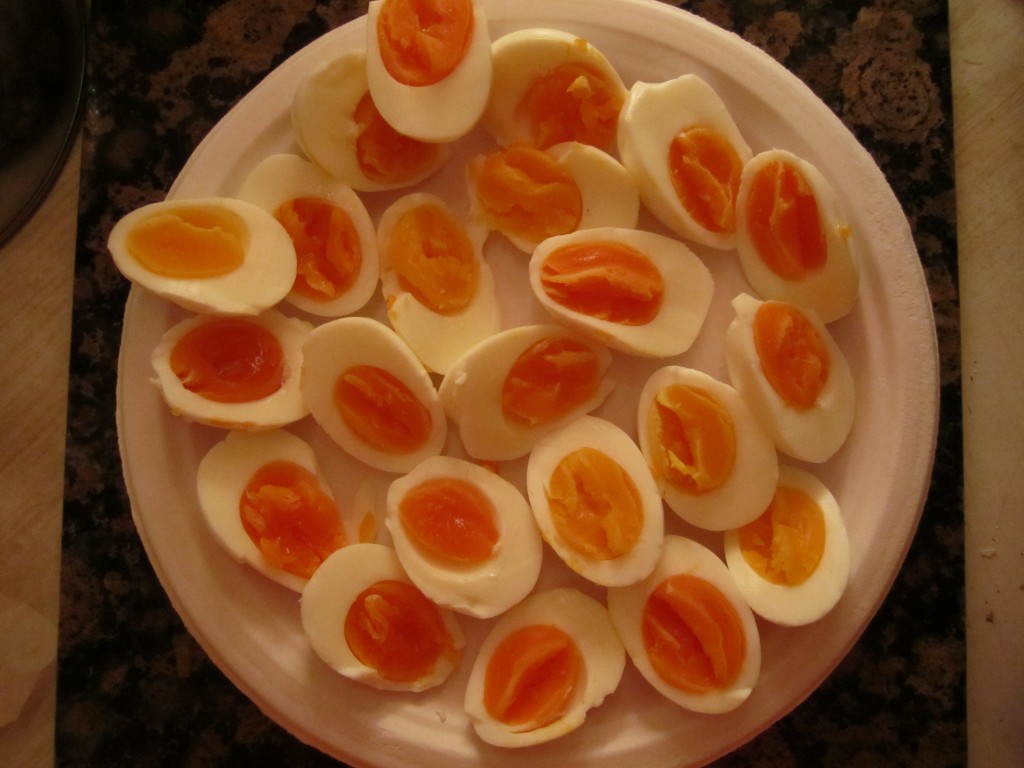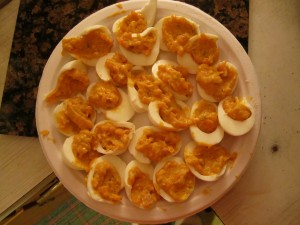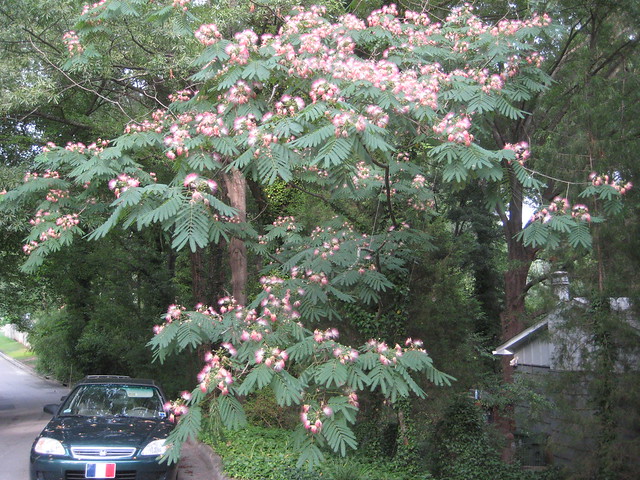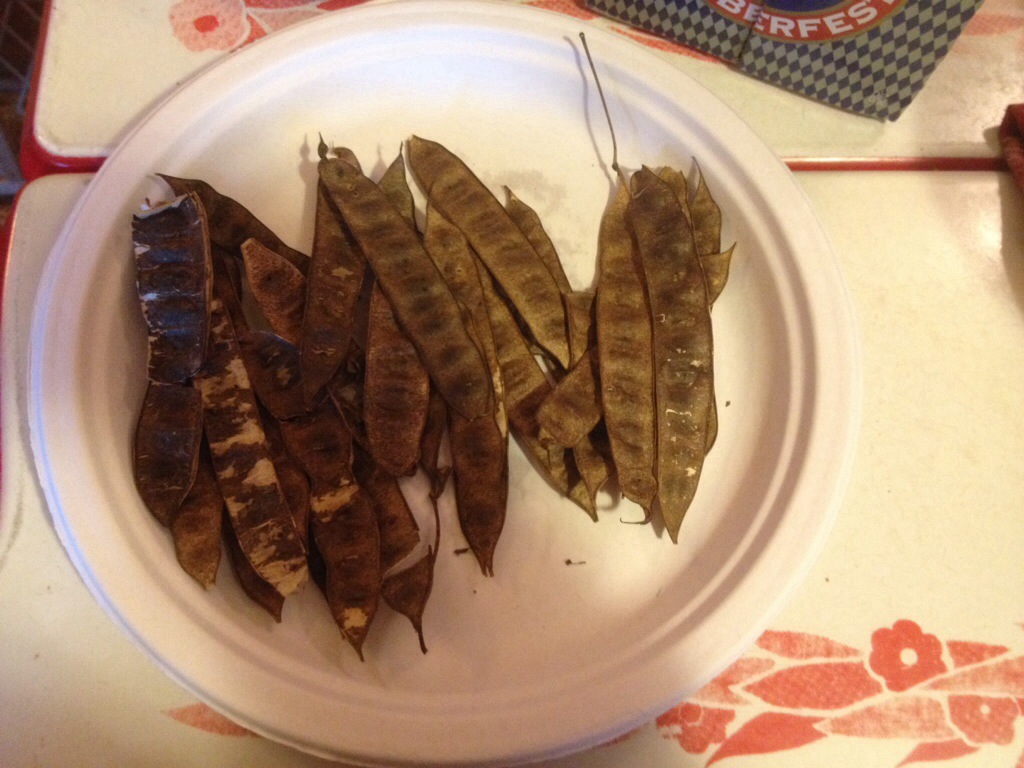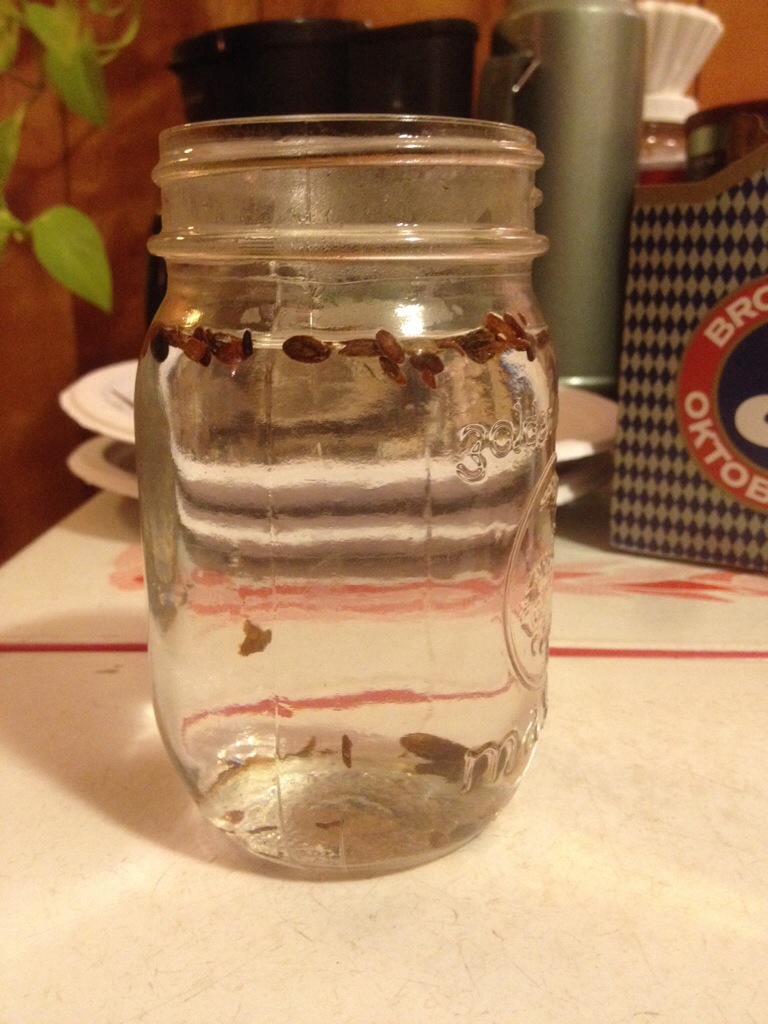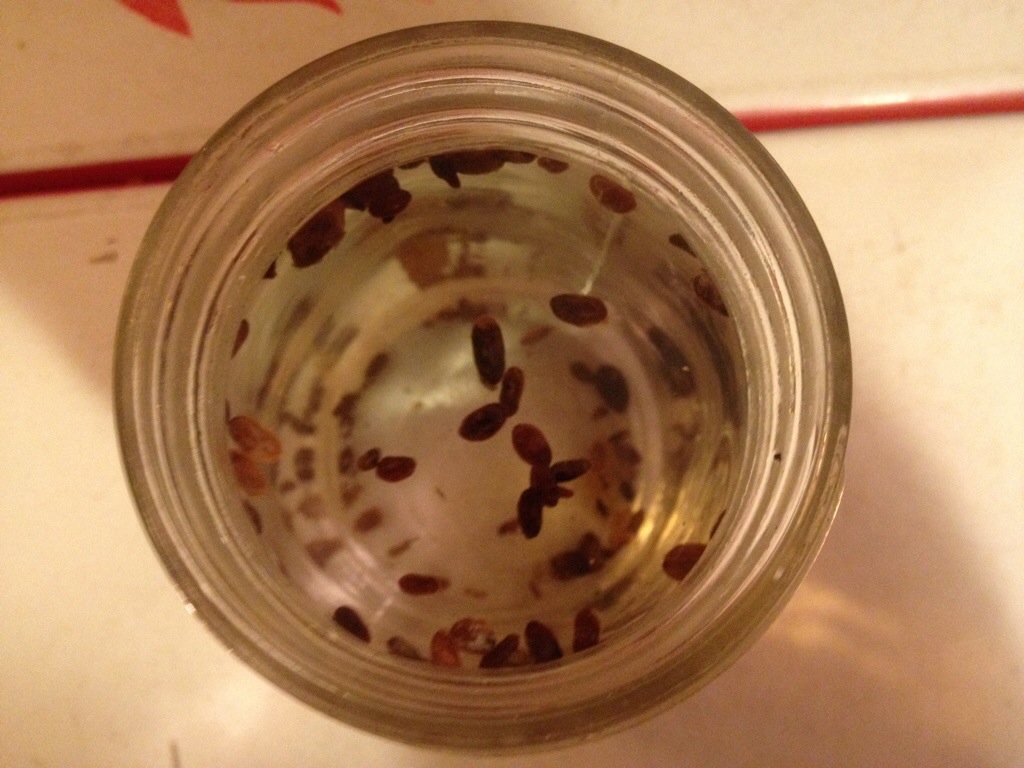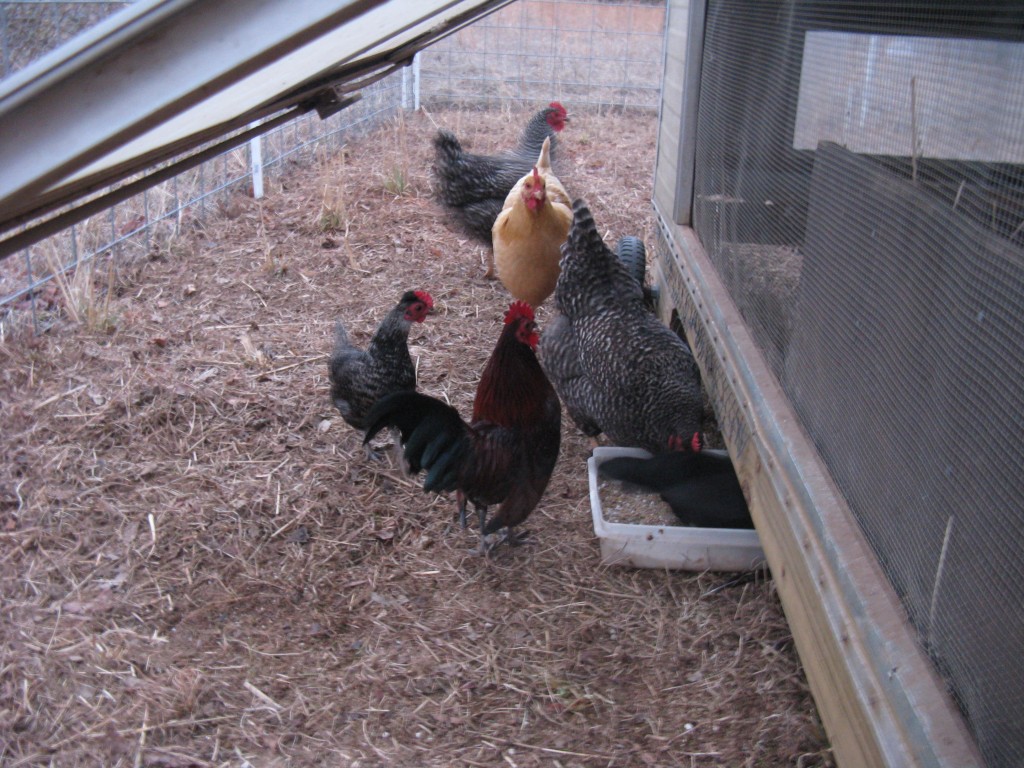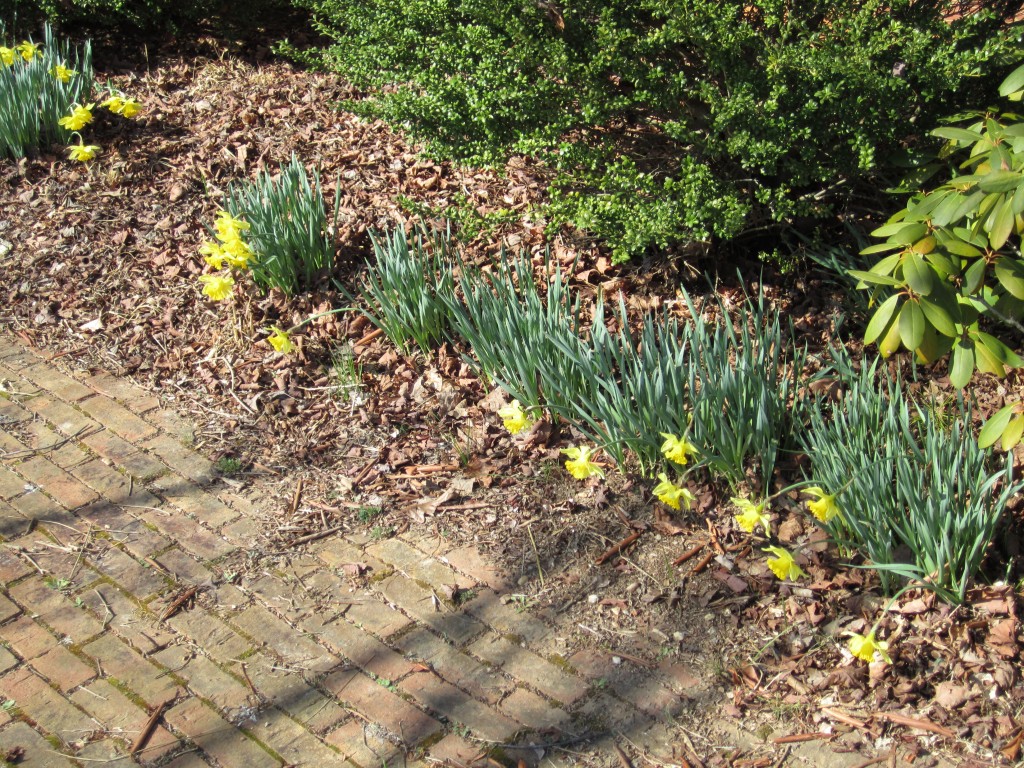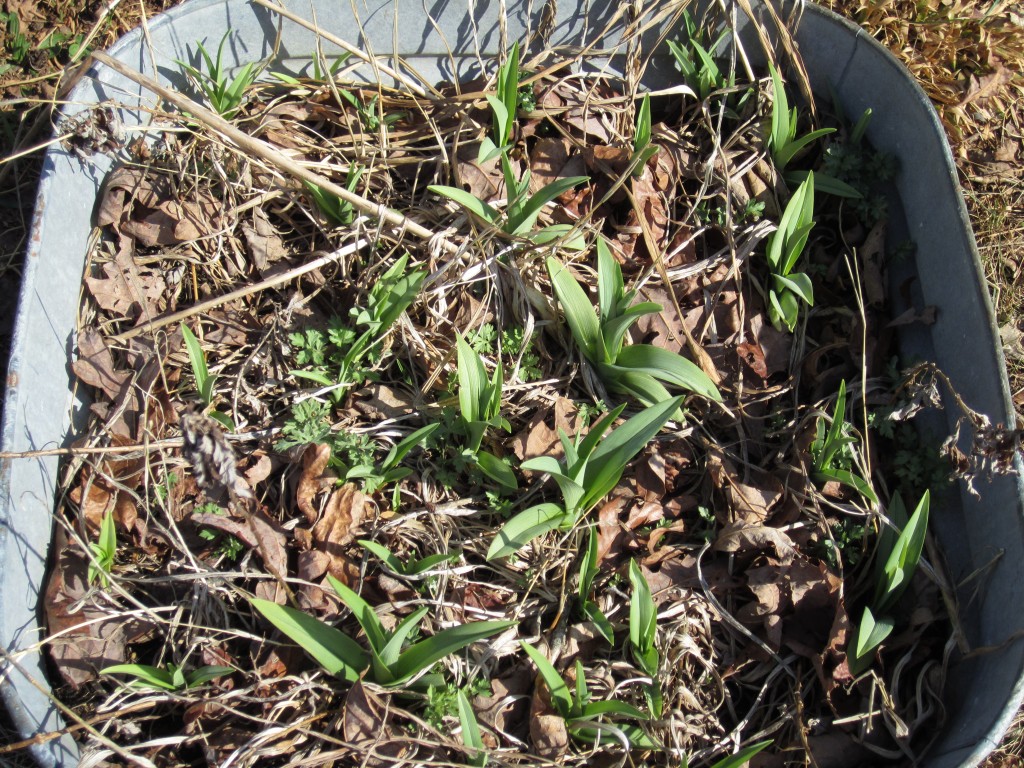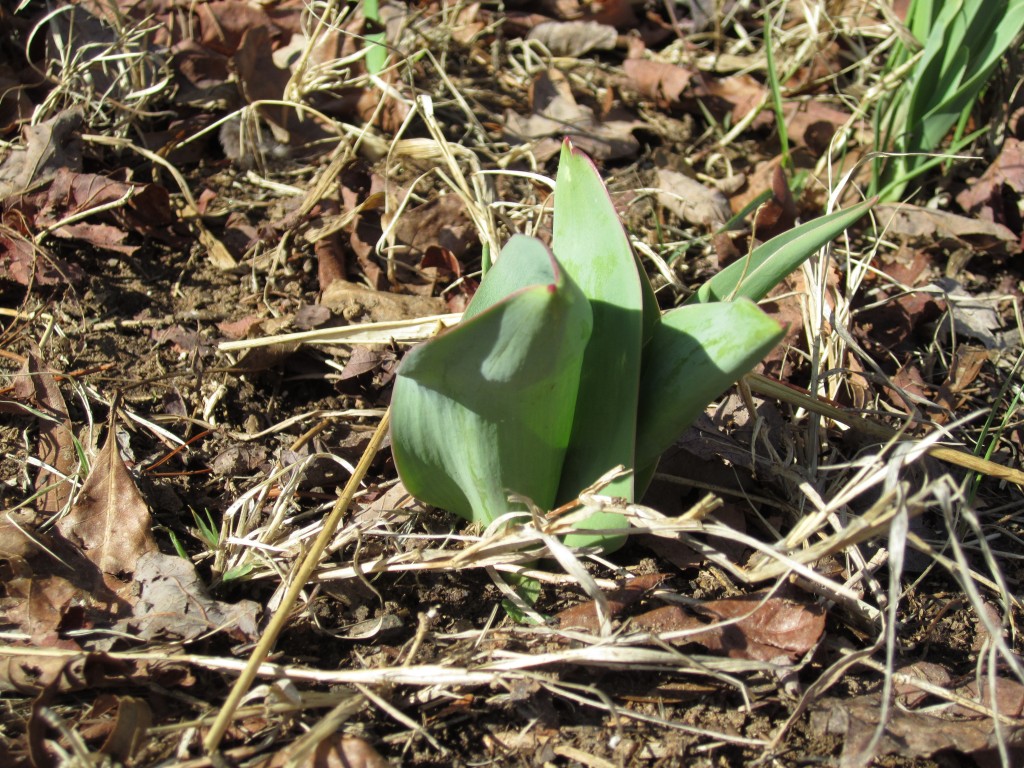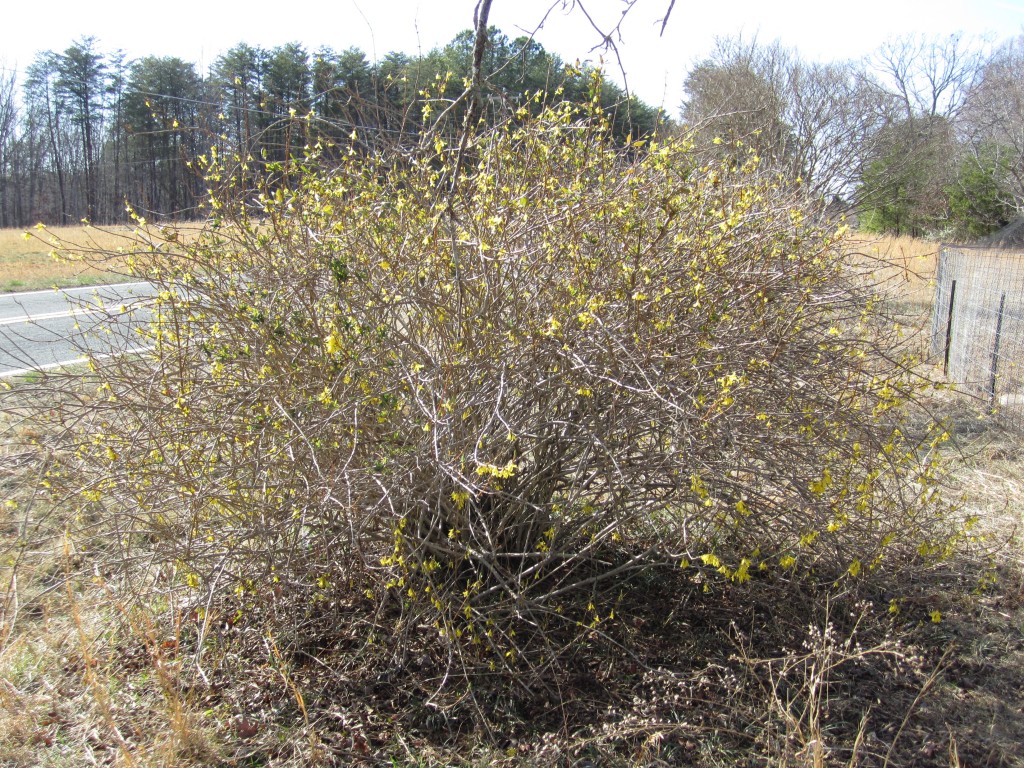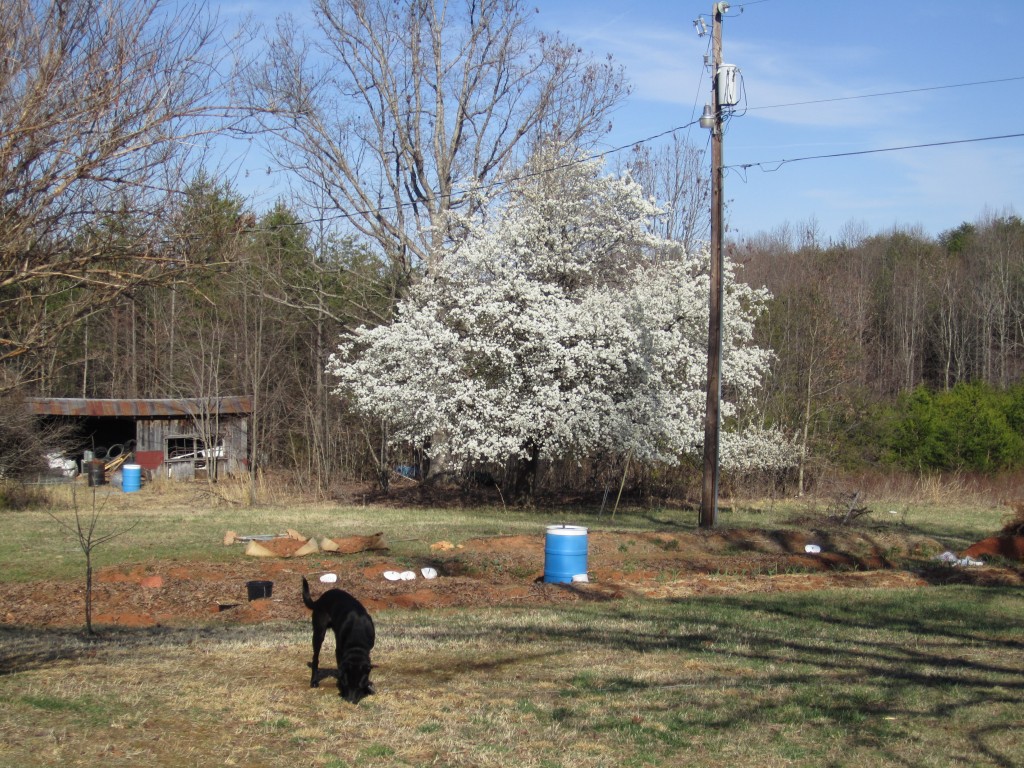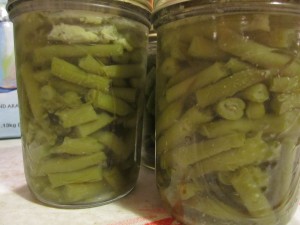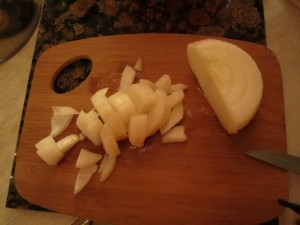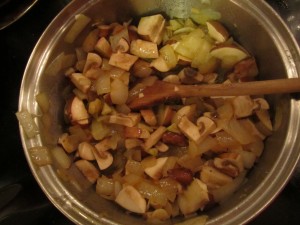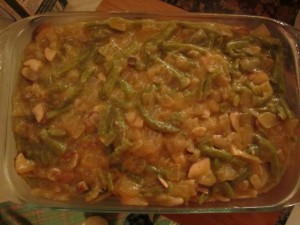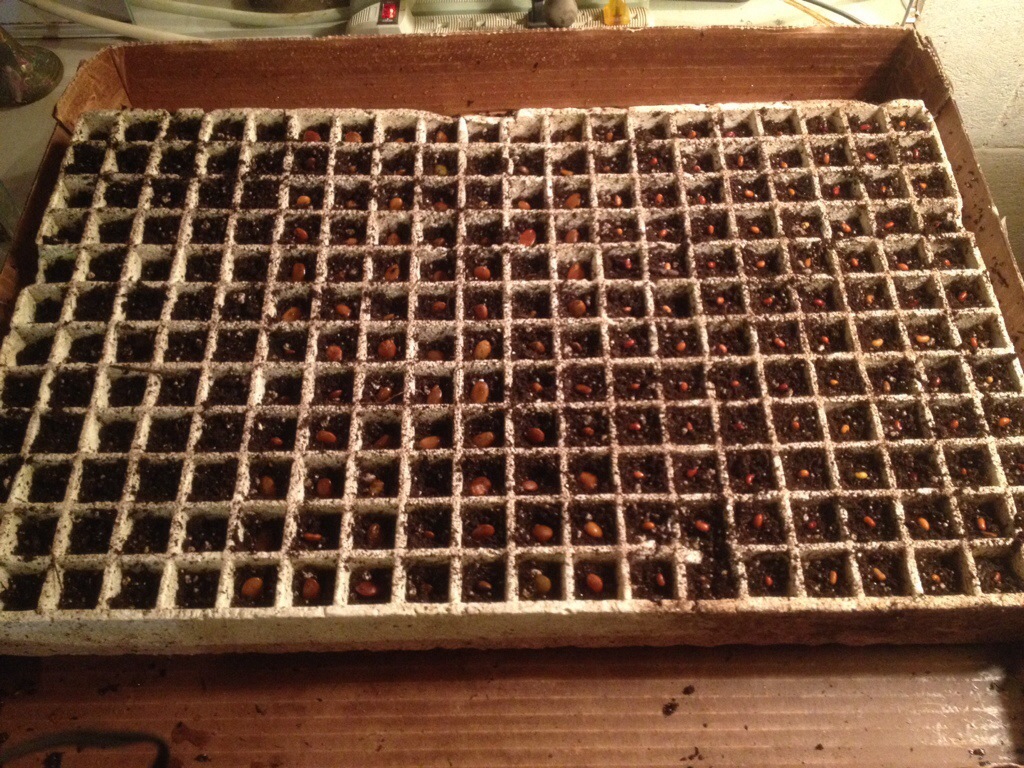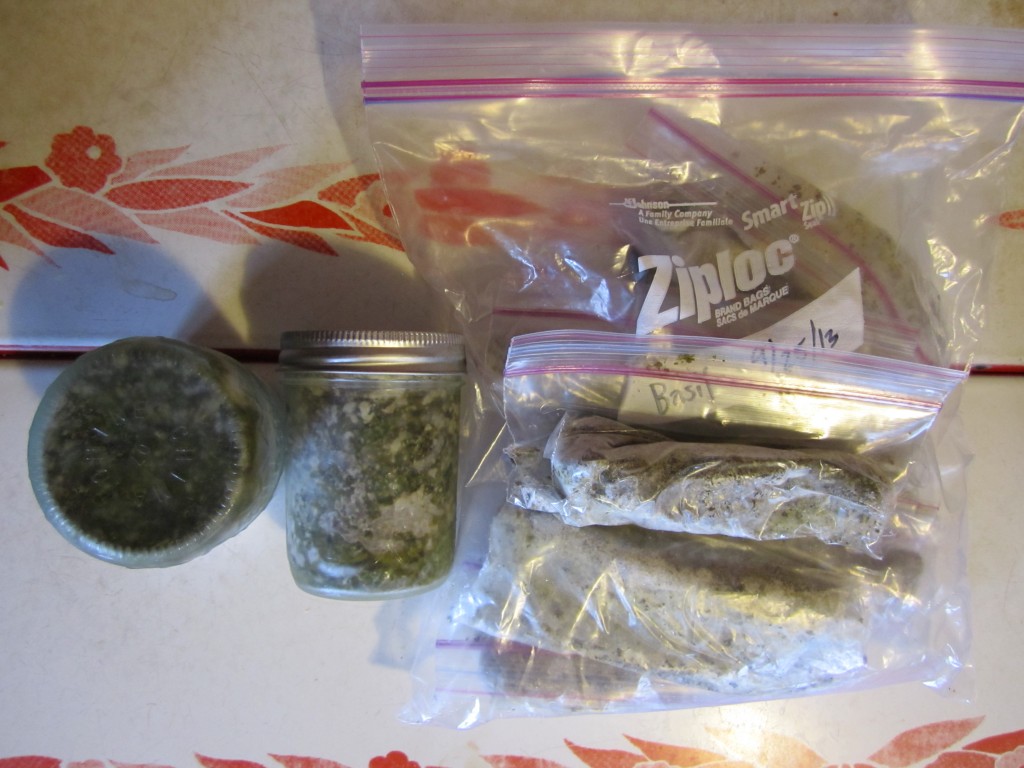Emma and I are getting closer and closer to establishing the first iteration of our homestead food forest. A food forest is, not shockingly, a forest specifically tailored to produce edible food and is a probably the most well known and talked about aspect of permaculture.
A primary distinction between food forests and orchards, is that a food forest consists of multiple species that occupy multiple layers (tall canopy trees, vines, shrubs, groundcovers, etc.) and work together to create a sustainable ecosystem of abundance and self regulation. Compare this to a typical orchard, where fruit trees, often a single species or variety, are laid out in grids with only grass underneath. This is not a complete system, and farmers are thus required to spray herbicides to kill weeds, fertilize with chemical fertilizers, and truck in bees to pollinate their crop.
In a food forest, a fruit or nut tree is surrounded by a myriad of support species, all performing different functions to ensure the best possible outcome for the whole system. Think of these plants as the main fruit/nut tree’s entourage.
Typically, these support species have been nitrogen fixing trees and shrubs like leucaena and moringa in the subtropics, and black alder, locusts, and mimosa in the temperate regions. These trees grow quickly, nursing up the productive crops, while supplying nitrogen both above and below the ground via mulch or rhizo-bacteria.
But what about using herbaceous plants as support species? In a temperate climate food forest, this may be a great idea. Some advantages to using herbaceous plants are their quick growth in spring and summer, a rapid decomposition of green material, smaller sizes (which increase diversity in a smaller space) and the ability to use annuals.
Lets look at some of the options for herbaceous support species.
Comfrey (Symphytum sp.)
This deep rooted perennial is touted in every permaculture book and video as a dynamic accumulator of minerals, high protein animal forage, insect attractor, and medicinal wonder plant. And for good reason. We just received some comfrey root cuttings and will be selecting their homes soon.
Yarrow (Achillea millefolium)
This low growing perennial herb attracts beneficial insects, mines nutrients, and is also a well known medicinal. Though yarrow wont produce the copious amounts of mulch and biomass that comfrey will, it deserves a space in the forest garden.
Amaranth (Amaranthus sp.)
Amaranth comes in many shapes, sizes, and names, but it is a great annual “weed.” Grown for its nutritious edible seeds by both Central and North American cultures, amaranth plants can reach 8 ft. tall in a summer growing season, and some cultivars can produce 1 pound of tiny seeds per plant. The leaves are edible, for both animals and humans, and are some of the healthiest greens you can eat, right up there with dandelion.
Although it is an annual, it readily self seeds, and will pop up next year unassisted under most circumstances. Amaranth makes a great support species, especially early on in a food forest, because it is extremely drought resistant and has thick roots that travel deep into the soil. These roots break up compacted soil, and as they decompose, allow for efficient water infiltration in the system where its needed most. Lambsquarter (Chenopodium sp.) is a related plant that can serve a similar function.
Chia (Salvia hispanica)
We grew some chia this year, and were very pleased with our results. Geoff Lawton has been using chia to pioneer land into forest in Australia, and then harvesting the valuable chia seeds as a byproduct of food forest implementation. Chia’s blue flowers are extremely attractive to both honey and bumblebees, and I think their strong scent probably helps to confuse pests. Another annual, chia is easily grown from seed, and you are almost guaranteed to have volunteers popping up next year.
Jerusalem Artichoke (Helianthus tuberosus)
This sunflower relative can reach towering heights of up to 13 ft., topped with numerous pretty yellow sunflowers. Oh, did I mention its perennial? Sunchokes produce copious amounts of organic matter, attract bees and other pollinators, and also produce an edible tuber yield high in inulin. A very valuable crop in its own right, Jerusalem artichoke fits nicely in a fruit tree guild, especially if you have a pig tractor to run over them.
These are just a few examples of herbaceous support species that can be used in a food forest. Support species are critical to the success and health of forest garden systems, and these roles don’t always need to be filled by woody trees, bushes and shrubs. Having said that, we will definitely be using such plants in our system. In fact, just yesterday I sowed over 200 support tree and shrub seeds; a mix of honey locust, black alder, and Siberian pea shrub. Yet, like everything else in permaculture, a diversity of species is critical, and by including annual species in the mix, we will be able to stack more functions and yields into our new food forest, while making it more resilient and efficient.
